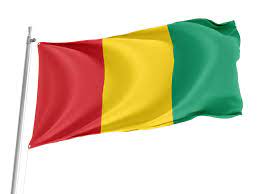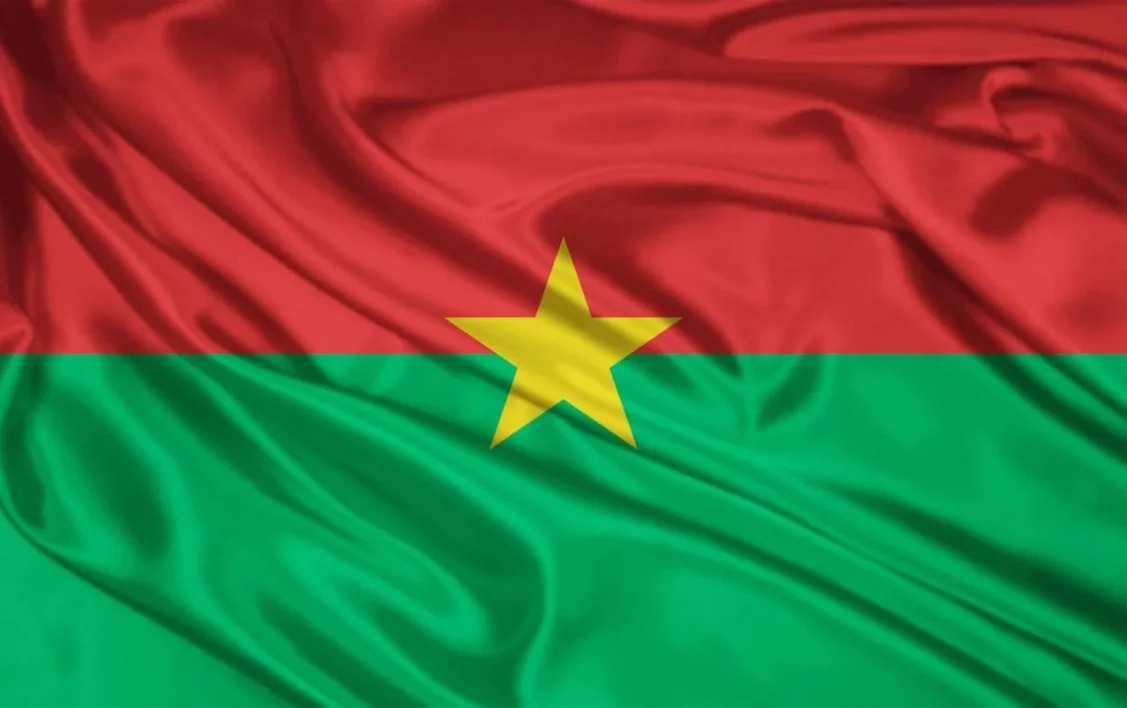Flags are a powerful symbol of national identity and pride. They represent the history, culture, and values of a nation, and often hold a special place in the hearts of its people. One of the most recognizable flag designs is the red, yellow, and green flag. This design is used by several countries around the world, each with its own unique symbolism and meaning.
10 Countries With Red, Yellow, and Green Flags
1. Ghana:

The flag of Ghana features three horizontal stripes of red, yellow, and green, with a black star in the center of the yellow stripe. The red represents the blood that was shed during the fight for independence, and the yellow stands for the country’s many mineral resources, including gold. The green represents the lush forests and agricultural richness of the land. The black star is a symbol of African freedom and unity.
2. Guinea:

The flag of Guinea features the same red, yellow, and green stripes as the flag of Ghana, but with the yellow color at the center of the red stripe. The star shows that the country is determined to be a shining example of freedom, justice, and unity in Africa. The red is a sign of the fight for independence, and the yellow is a sign of the country’s wealth and success. The green represents the lush vegetation and hopes for the future.
3. Mali:

The flag of Mali features three vertical stripes of green, yellow, and red. The green stands for the country’s fertile land and hope for the future. Yellow stands for the country’s natural resources, such as gold. The red symbolizes the struggle for independence and the sacrifices made to achieve it.
Related: How To Find Housekeeping Jobs Near Me
4. Senegal:

The flag of Senegal features three horizontal stripes of green, yellow, and red, with a green star in the center of the yellow stripe. The green represents hope and growth, while the yellow represents the sun, the life-giving force that powers the country’s agriculture and economy. The red symbolizes the bloodshed during the struggle for independence. The green star represents the country’s commitment to freedom, unity, and progress.
5. Burkina Faso:

The flag of Burkina Faso features two equal horizontal bands of red and green, with a yellow five-pointed star in the center. The red represents the revolution that led to independence from France, while the green represents the hope for a bright future. The yellow star is a beacon of hope, and it shows that the people are determined to make a better future for themselves and their children.
6. Mozambique

The flag of Mozambique features three horizontal stripes of green, black, and yellow. The green stripe represents the country’s lush forests and fertile land, while the black stripe symbolizes the African continent. The yellow stripe symbolizes the country’s mineral wealth. The red star in the middle stands for the country’s fight for independence and its Marxist-Leninist philosophy.
Related: 10 Best Scholarships For Students With Parents With Cancer
7. Cameroon

The Cameroonian flag features three vertical stripes of green, red, and yellow. The green stripe represents the country’s lush vegetation, the red stripe represents the country’s struggles for independence, and the yellow star in the center represents hope and progress.
8. Togo

The flag of Togo features five horizontal stripes of green, yellow, green, yellow, and green. The green stripes represent the country’s lush vegetation and hope for a bright future, while the yellow stripes symbolize the country’s mineral wealth. The red star in the center represents the country’s independence and the hopes and aspirations of the Togolese people. The red star also symbolizes the socialism and patriotism of the country.
9. Lithuania

The yellow color on the flag symbolizes Lithuania’s fertile farmlands, while the green represents its lush rainforests. The color red signifies the pride of the Lithuanian people and represents their confidence in a bright future, independence from persecution, and bravery. These colors together serve as a testament to the strength and resilience of the Lithuanian people.
10. DR Congo

The flag of the Democratic Republic of the Congo features two diagonal red stripes that intersect at the center of the flag on a yellow background. The red stripes show how the country fought for its independence, and the yellow stripes show how rich the country is in natural resources, like gold and diamonds. The yellow star in the center of the flag symbolizes the unity and progress of the Congolese people. The flag was adopted on August 15, 1991, and it is a symbol of the country’s independence, nationalism, and hope for a bright future.
Summary
The red, yellow, and green design on the flag is a strong and well-known sign of national pride and identity. Each country that uses this design has its own unique symbolism and meaning, representing the history, culture, and values of the nation. Whether you are a resident of one of these countries or simply a lover of flags, these red, yellow, and green flags are sure to inspire feelings of patriotism and hope.
